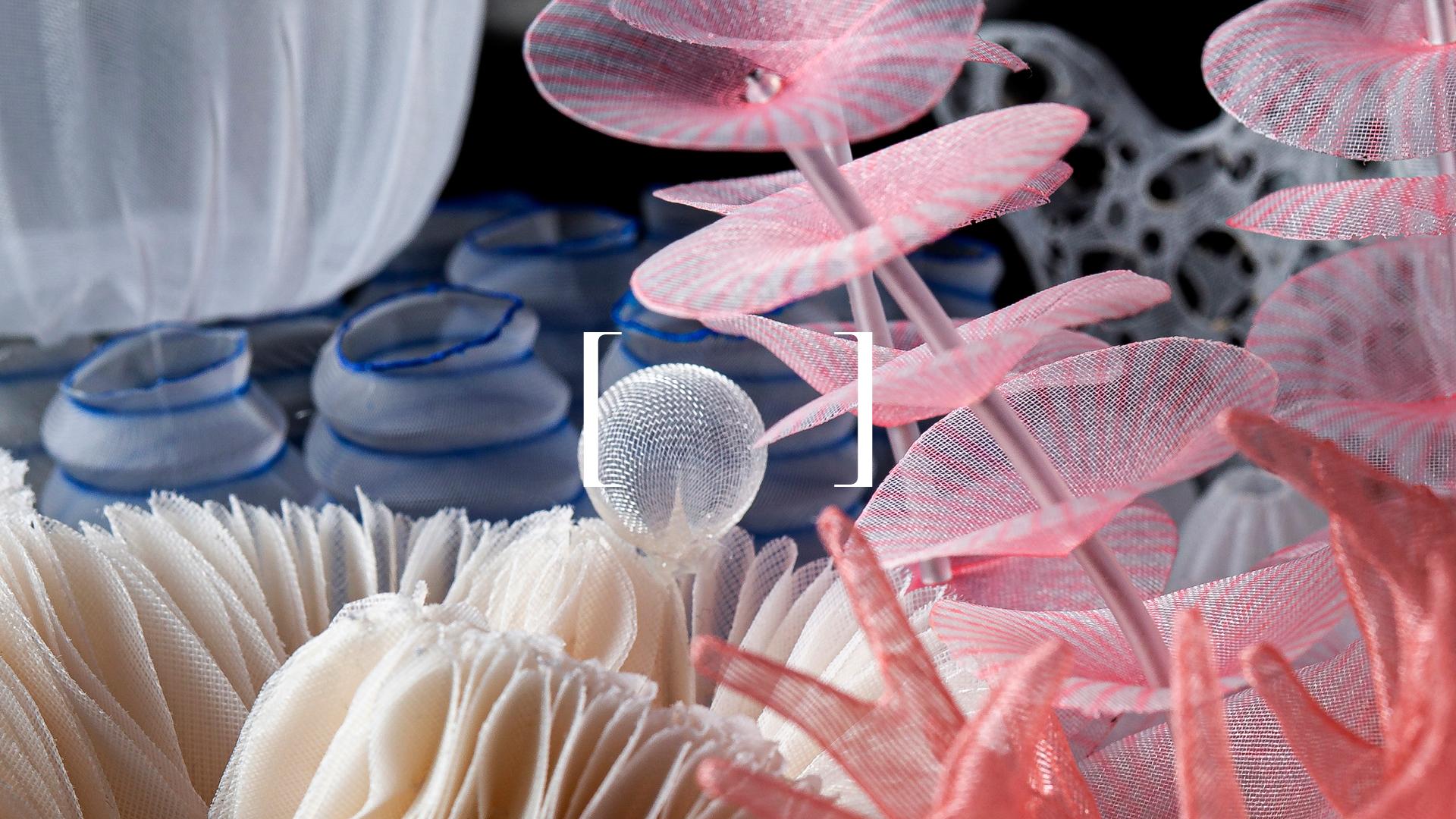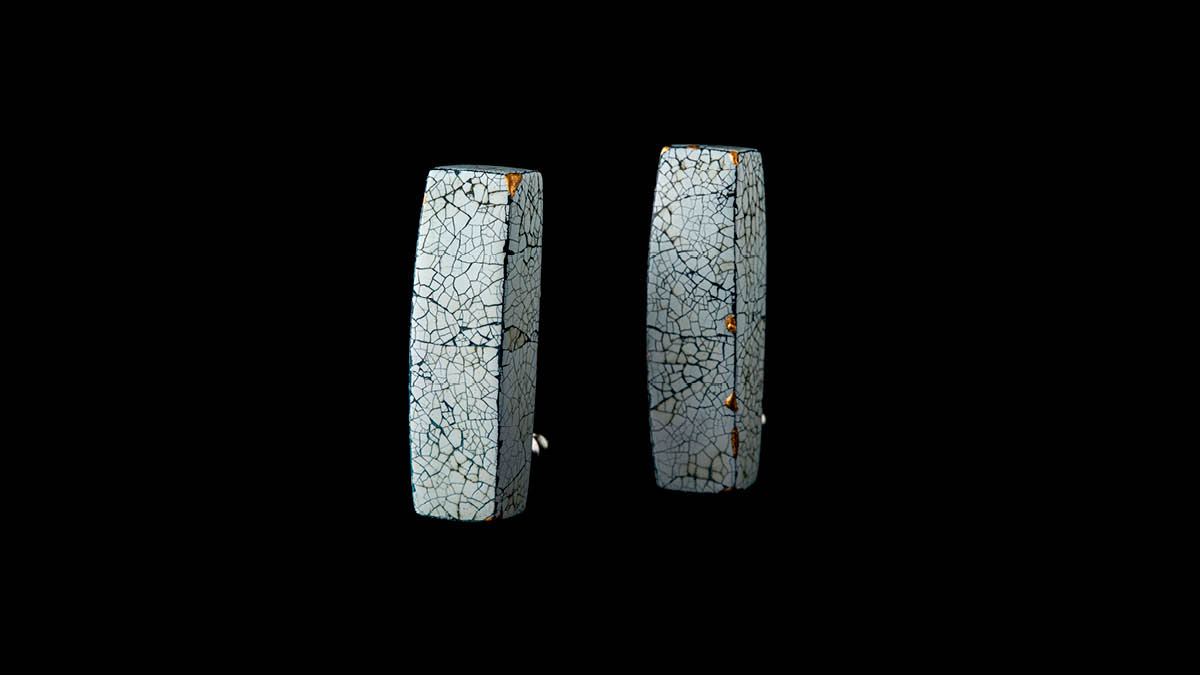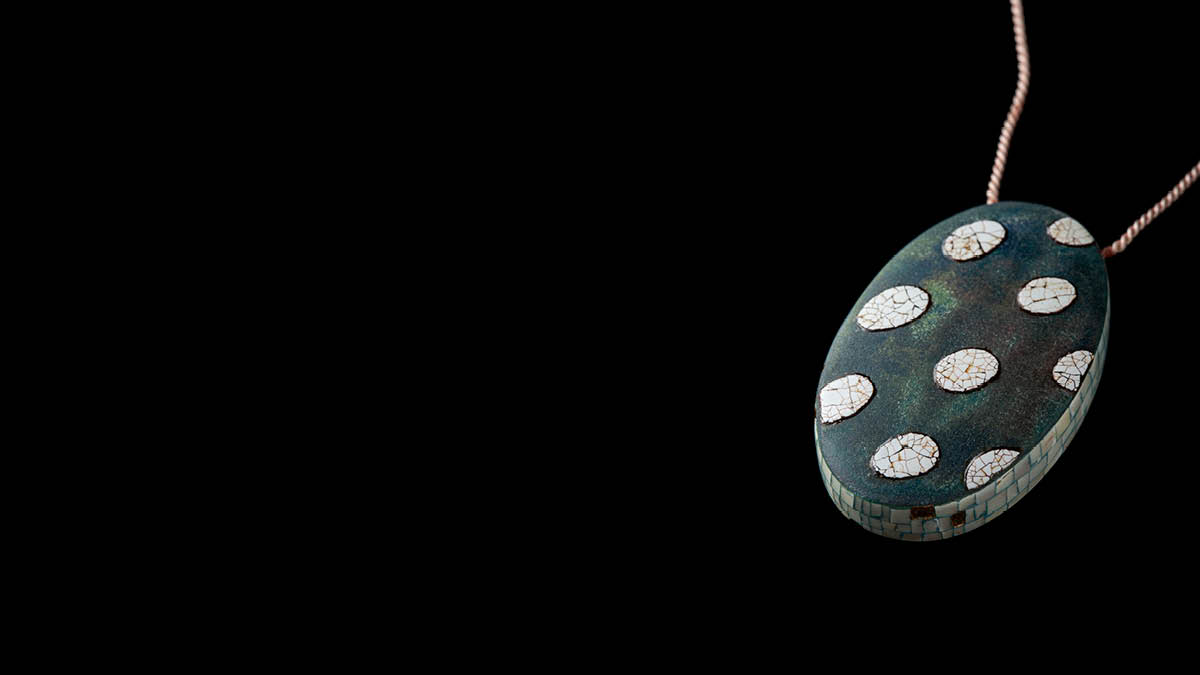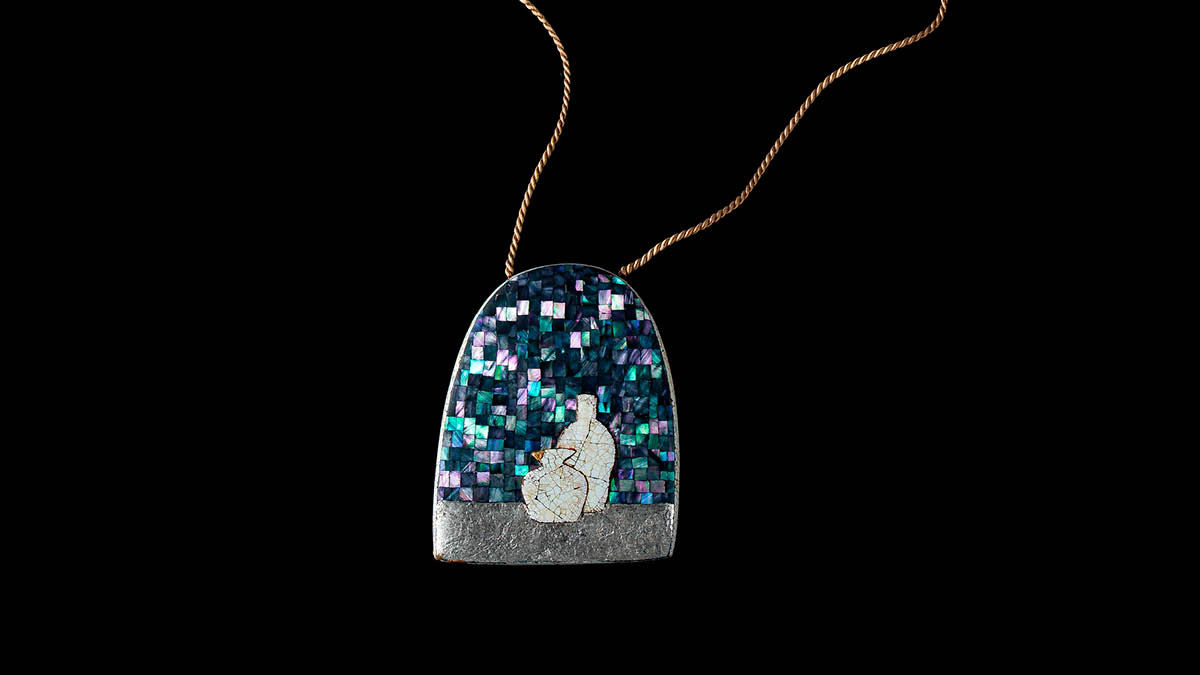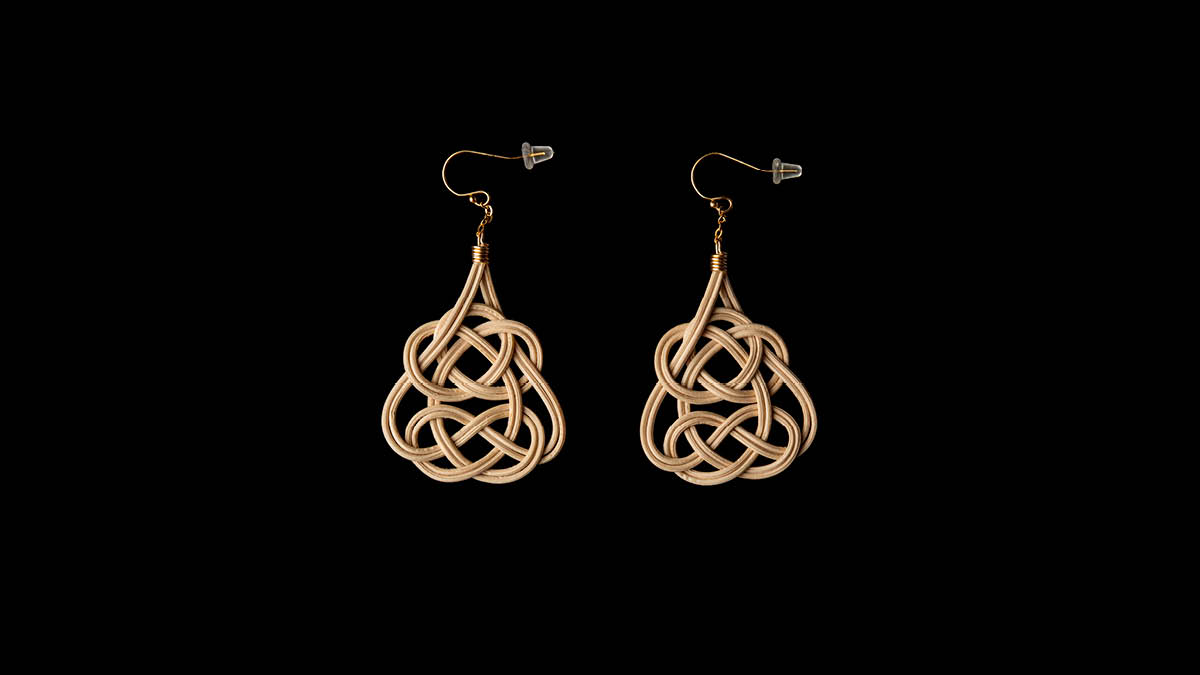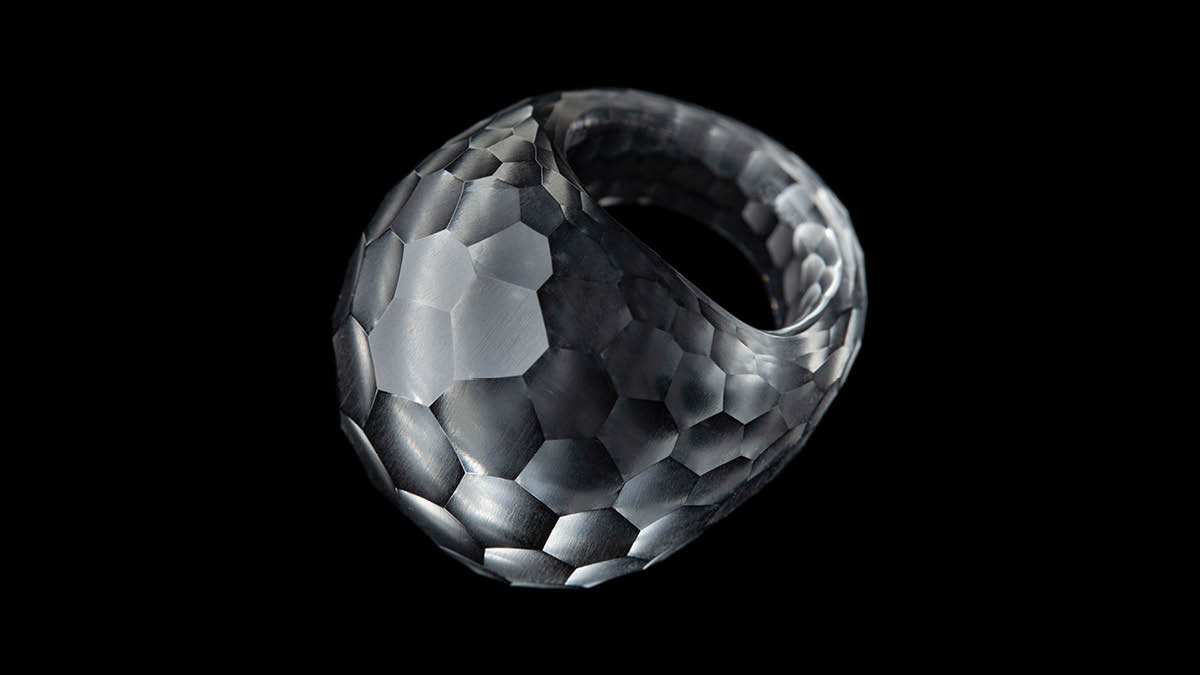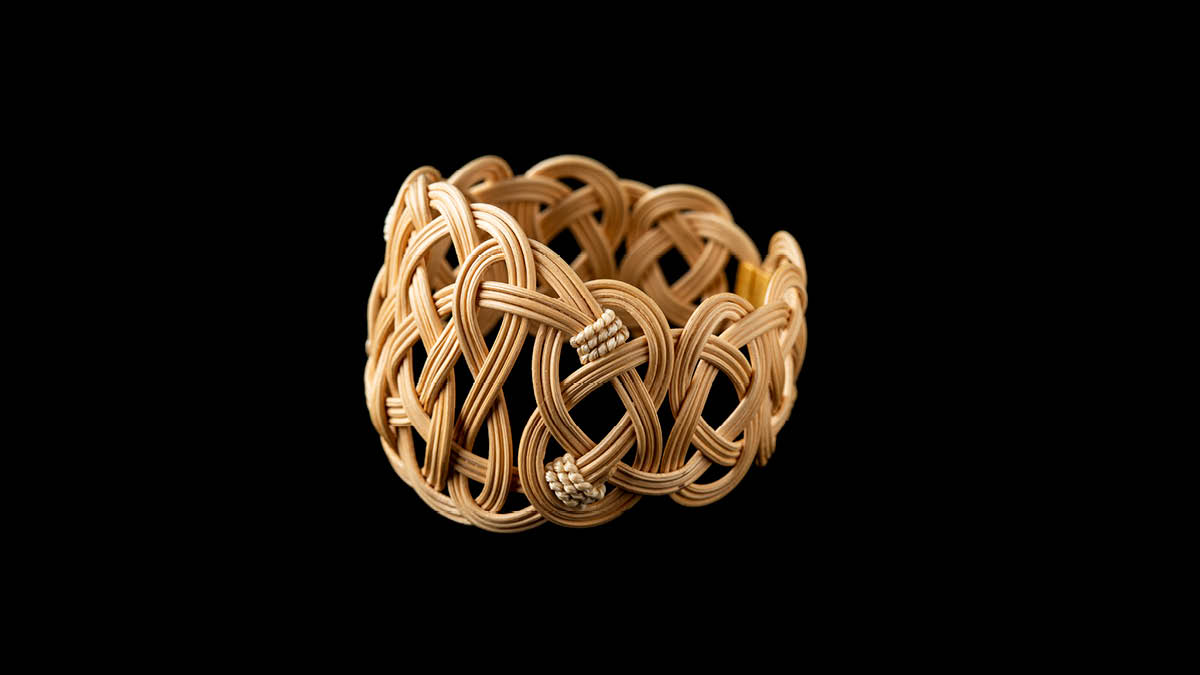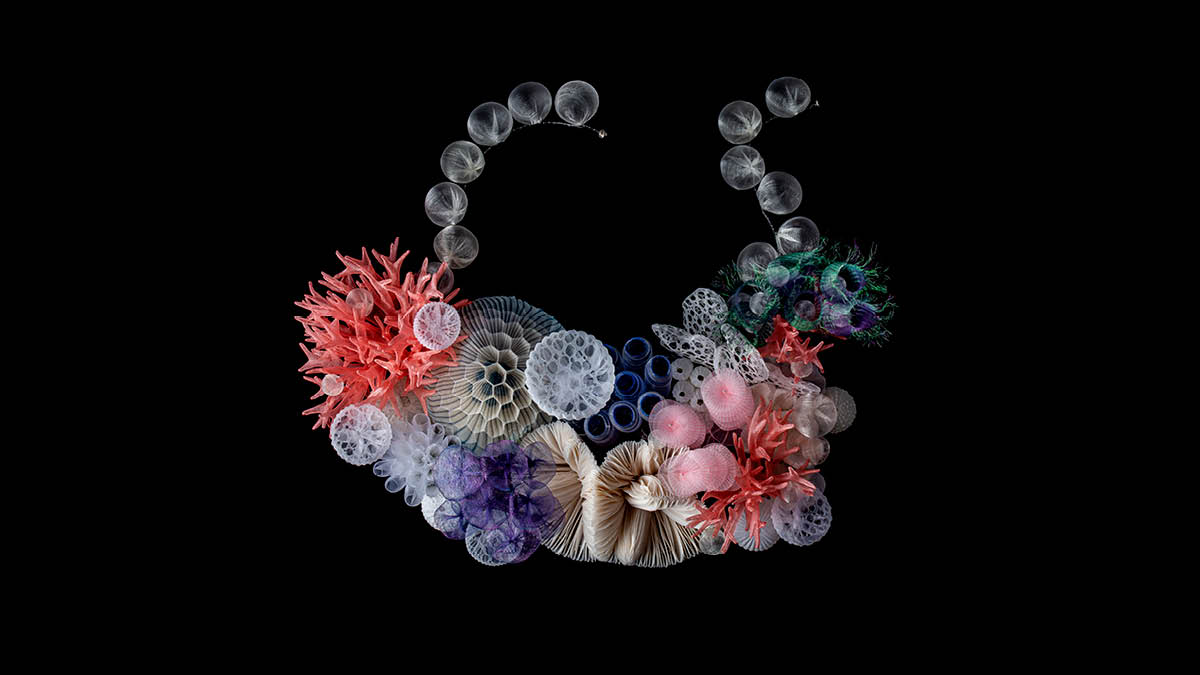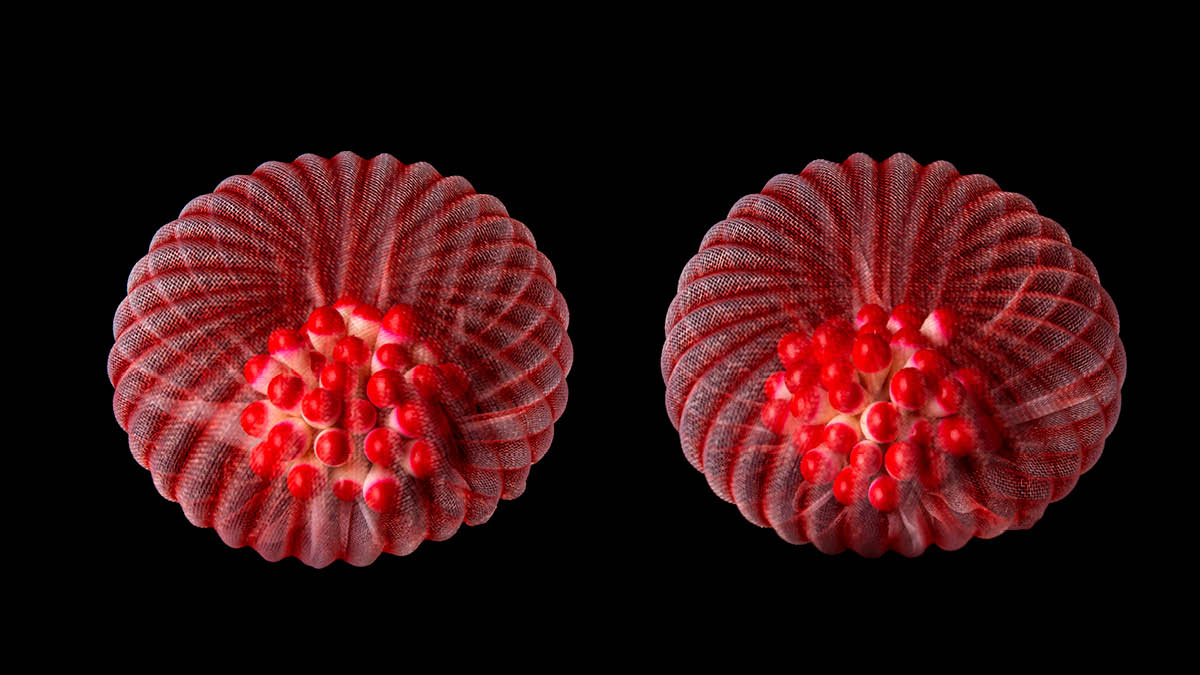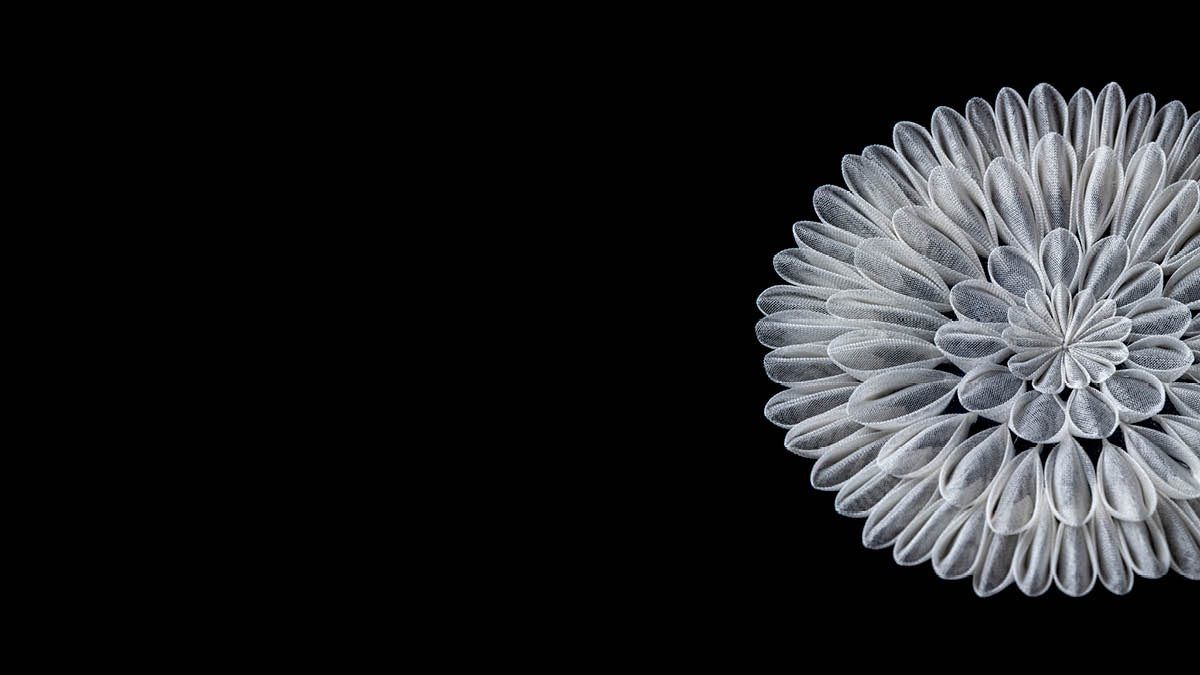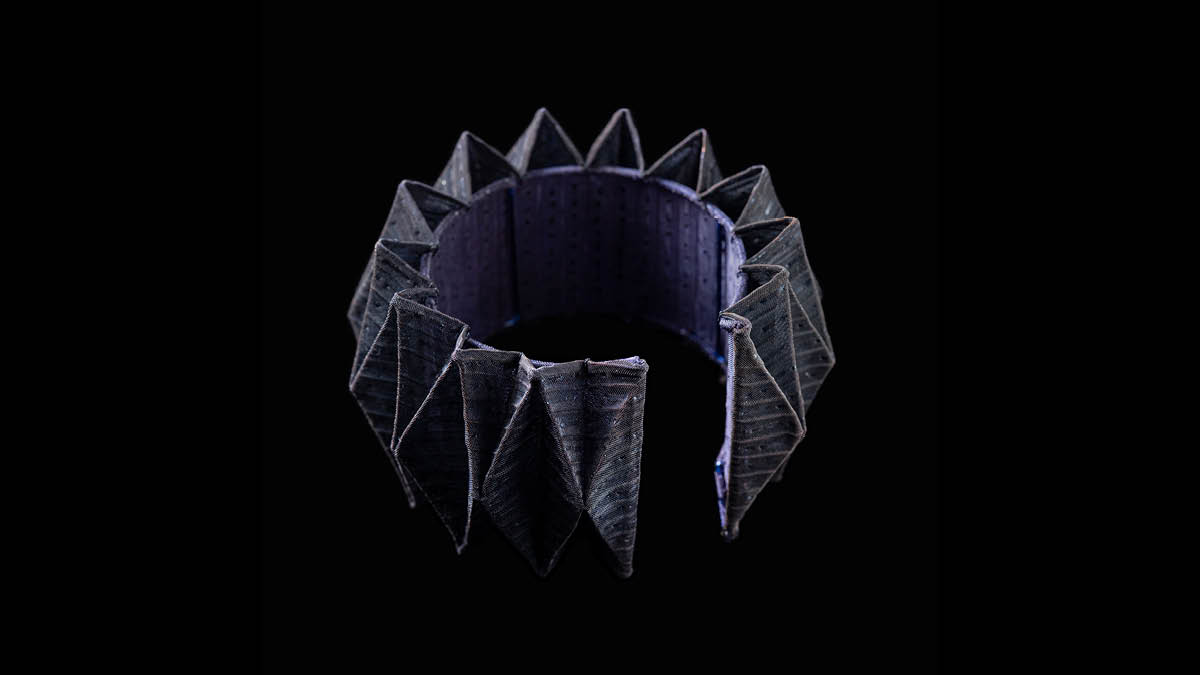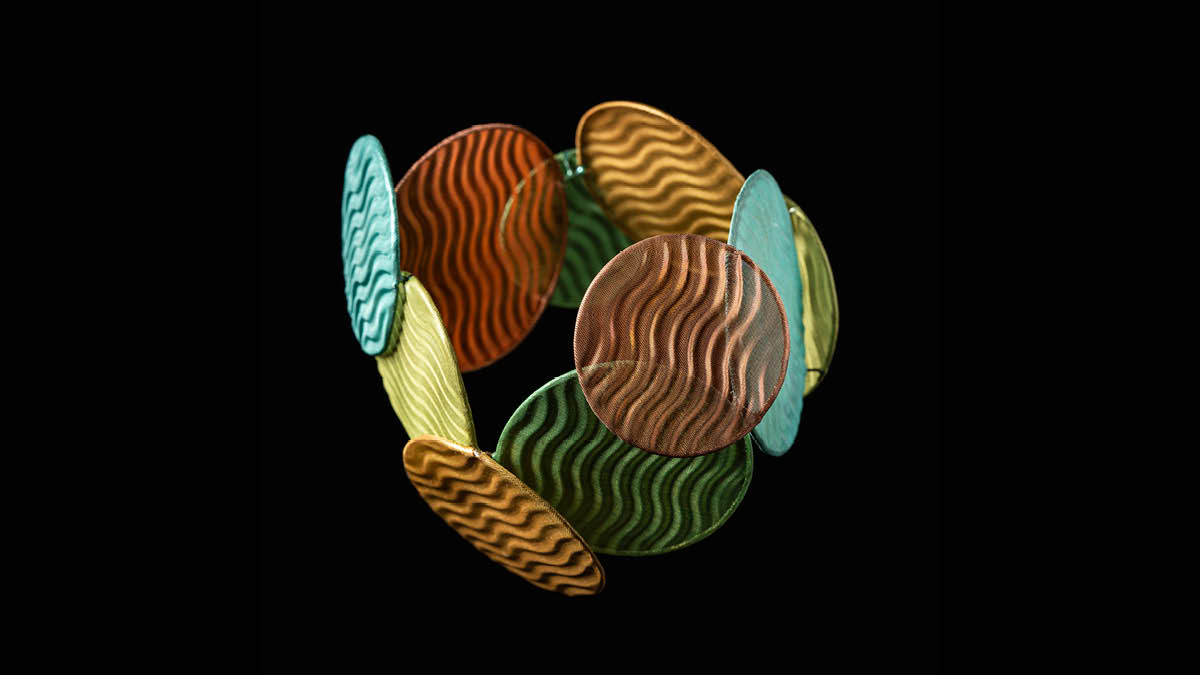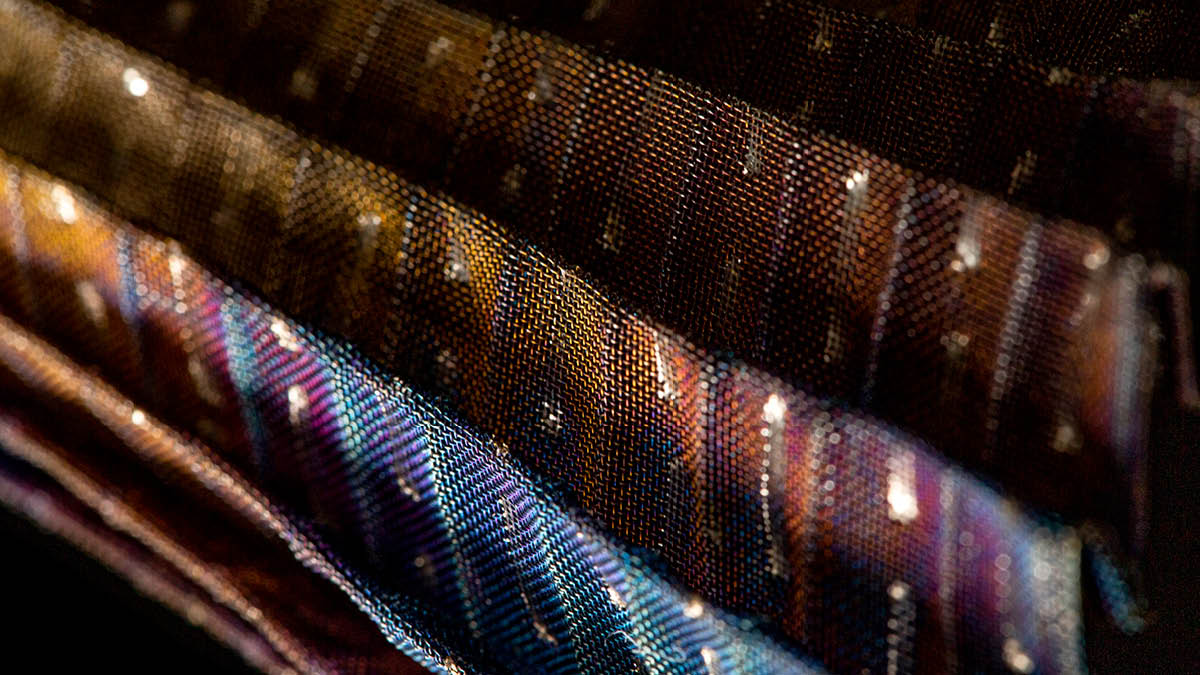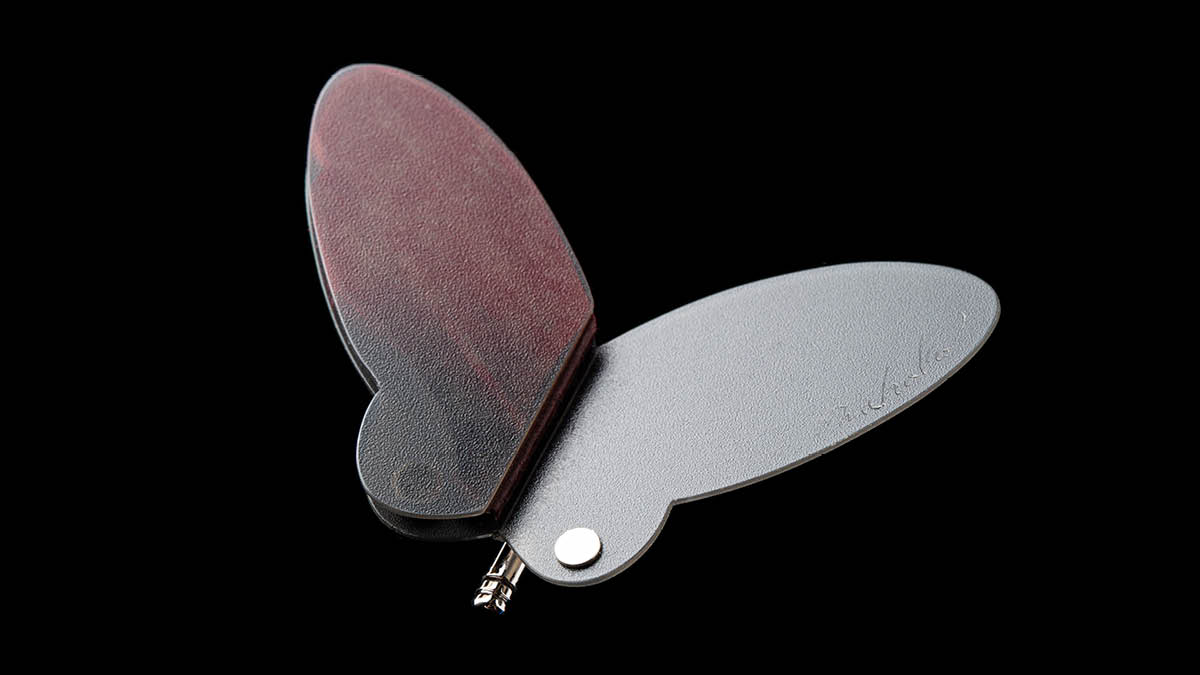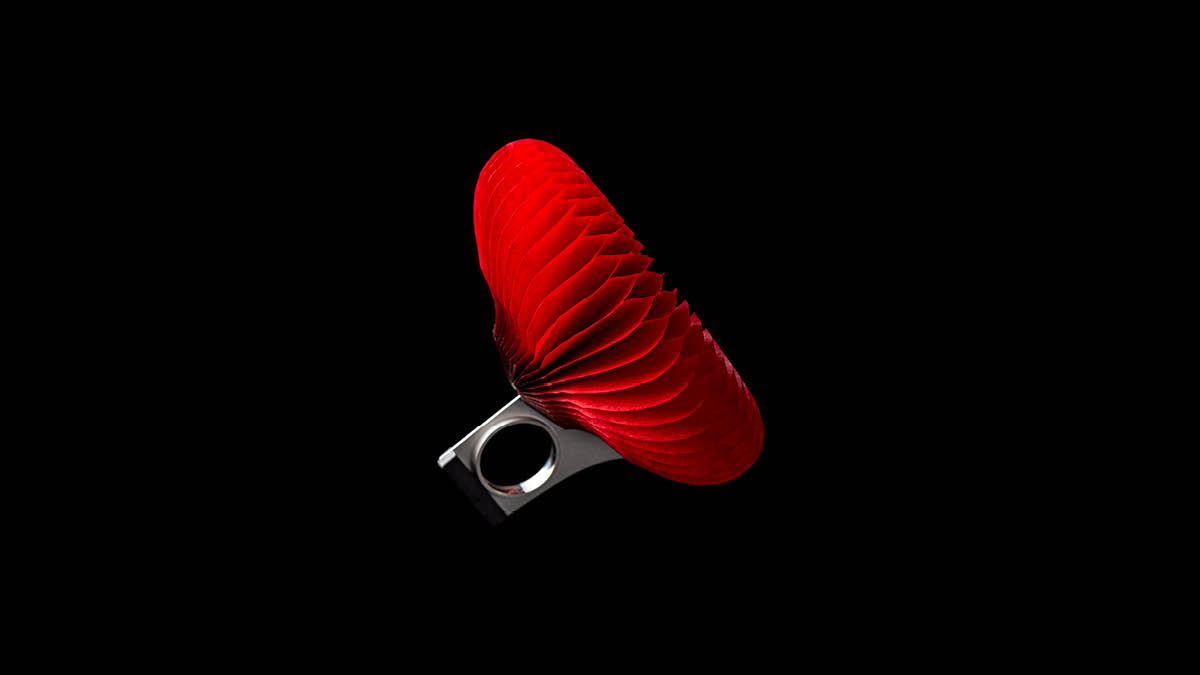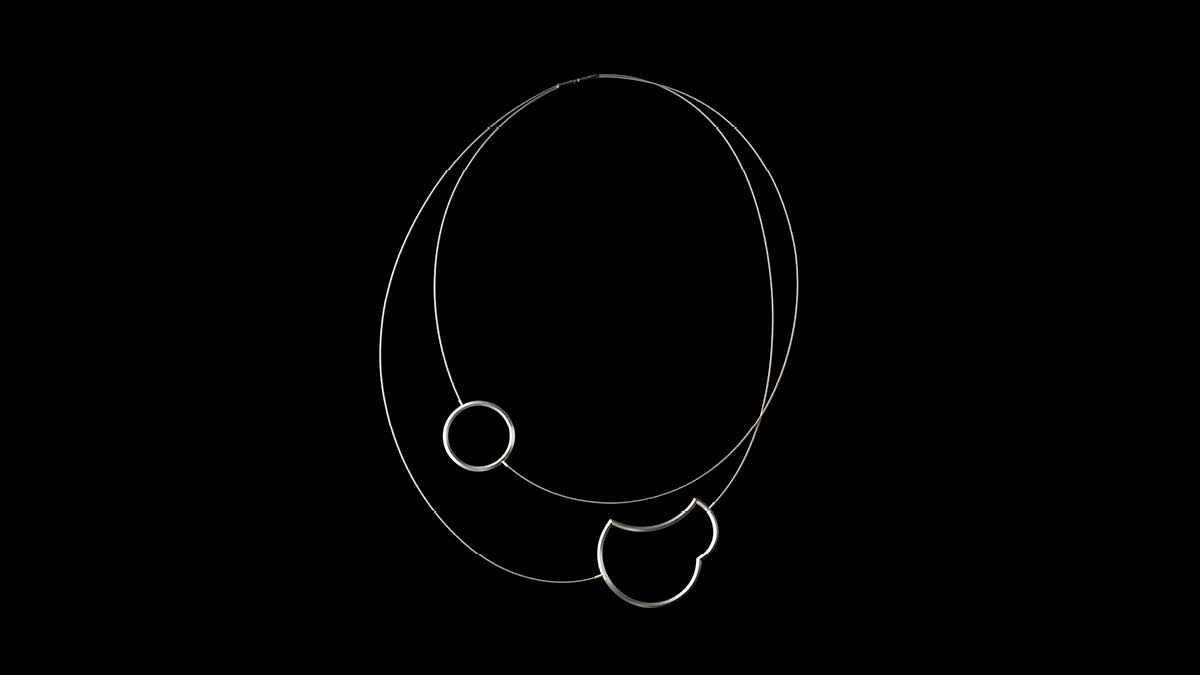- Date
April 05 to June 12, 2022
- Tuesday to Friday
10 am - 6 pm
- Saturdays
9 am - 7 pm
- Sundays and holidays
9 am - 6 pm
- Fee
Free
- For early booking (optional)
Visit the exhibition with the virtual tour 360º
Unusual creations
Metal, fabric, glass, bamboo, rattan, mother-of-pearl, shells, and even paper and eggshell are raw materials for Japanese jewelry designers Miki Asai, Naho Okamoto, Mariko Kusumoto, Emiko Suo, and Nahoko Fujimoto to create their intriguing pieces, which will be brought together in the unprecedented exhibition Singular Pairs, at Japan House São Paulo. The exhibition will showcase the Japanese aesthetics through 75 innovative creations, among necklaces, pendants, earrings, rings, bracelets, and pins to occupy the ground floor of the institution on Avenida Paulista, between April 5 and June 12. Visitation is free.
“We had wanted to hold an exhibition on the production of Japanese jewelry and adornments ever since 2018. After some years of maturation, research, and discoveries, Singular Pairs brings together a sample of this current production, highlighting women designers who are peers in their professions but completely unique and distinct in their creations, which include traditional elements and materials with extremely current and fascinating aesthetics”, says Japan House São Paulo curator and cultural director Natasha Barzaghi Geenen.
The concept of adornment and the custom of adorning oneself have taken on different meanings around the world over the years. The jewelry industry and production began developing in Japan, following Western standards, after the Meiji Era (1868-1912), resulting in the current aesthetics.
Exuberance in singularity
Apart from the most obvious associations with Japanese design in Brazil – the predominance of straight lines and minimalist style – the curatorship’s selection of works, 15 by each artist, demonstrates an abundance of shapes, scale, textures, colors, articulated pieces, and even playful aesthetics.
“Each of the jewelry designers translates, in her own way, the subtlety and strength of an adornment. By definition, accessories are not essential, but they can play a significant and personal role in the creation of an individual’s identity to convey different messages according to the use and combination they make”, notes Natasha.
The name of the exhibition, Singular Pairs, reflects the duality there is between the unique styles of the five designers and the fact that they are all peers in the profession, an area where many women are active alongside male designers who have created internationally recognized luxury jewelry brands.
"Designers who are peers in their professions and completely unique and distinct in their creations "
The exhibition includes work by Mariko Kusumoto (whose work with fabric molded to resemble flowers and corals has already caught the attention of Jean Paul Gaultier) and Naho Okamoto, the owner of SIRI SIRI (one of the great Japanese jewelry brands, which undertakes a sustainable economy work together with local artisans), two names whose talents and projections have already won over the international market.
The selection also highlights artists such as Miki Asai (recognized for her delicate work inspired by the concept of wabi-sabi – the pursuit of beauty in imperfection), Emiko Suo (with two series of metal works on display at the exhibition, one dedicated to lines and the other to metal meshes, which look like fabric as they are coated with ceramics), and Nahoko Fujimoto (her work with movable metal structures and magnets gives rise to nature-inspired pieces that open up and gain volume).
JHSP Online + Accessible JHSP
The exhibition features parallel online programming and content shared on Japan House São Paulo’s social networks, and also accessibility features, such as tactile elements and audio descriptions. The initiative is part of Accessible JHSP, a program aimed at creating equal opportunities for everyone to fully immerse themselves in the content presented at the institution.
About the designers:

Miki Asai
Miki Asai’s pieces seek beauty through imperfection, exploring and exemplifying the concept of wabi sabi. For this, she uses materials such as eggshells, small pieces of metal, Japanese lacquer, and even small pieces of shells and paper to create surfaces made of powdered mineral stones, whose effects contrast with their solidity and permanence.
Her production has already been awarded by the Japan Jewellery Designers Association (JJDA) in Tokyo, and by The Goldsmith's Centre (London), one of the most important institutions in the field of artistic production on a global level.

Naho Okamoto (SIRI SIRI)
Creator and owner of SIRI SIRI, a brand that is currently considered one of the most important in the fashion and design industry in Japan, Okamoto works in collaboration with artisans and produces pieces with the utmost care and attention to traditional Japanese techniques, such as the Kiriko facet style, and the wicker works that will be exhibited at Japan House São Paulo.
In addition to its commercial relevance, quality, and distinctive designs, the Tokyo-based company has sustainability policies linked to the use of natural materials and preservation of local crafts, in addition to a development and training program for young artisans.
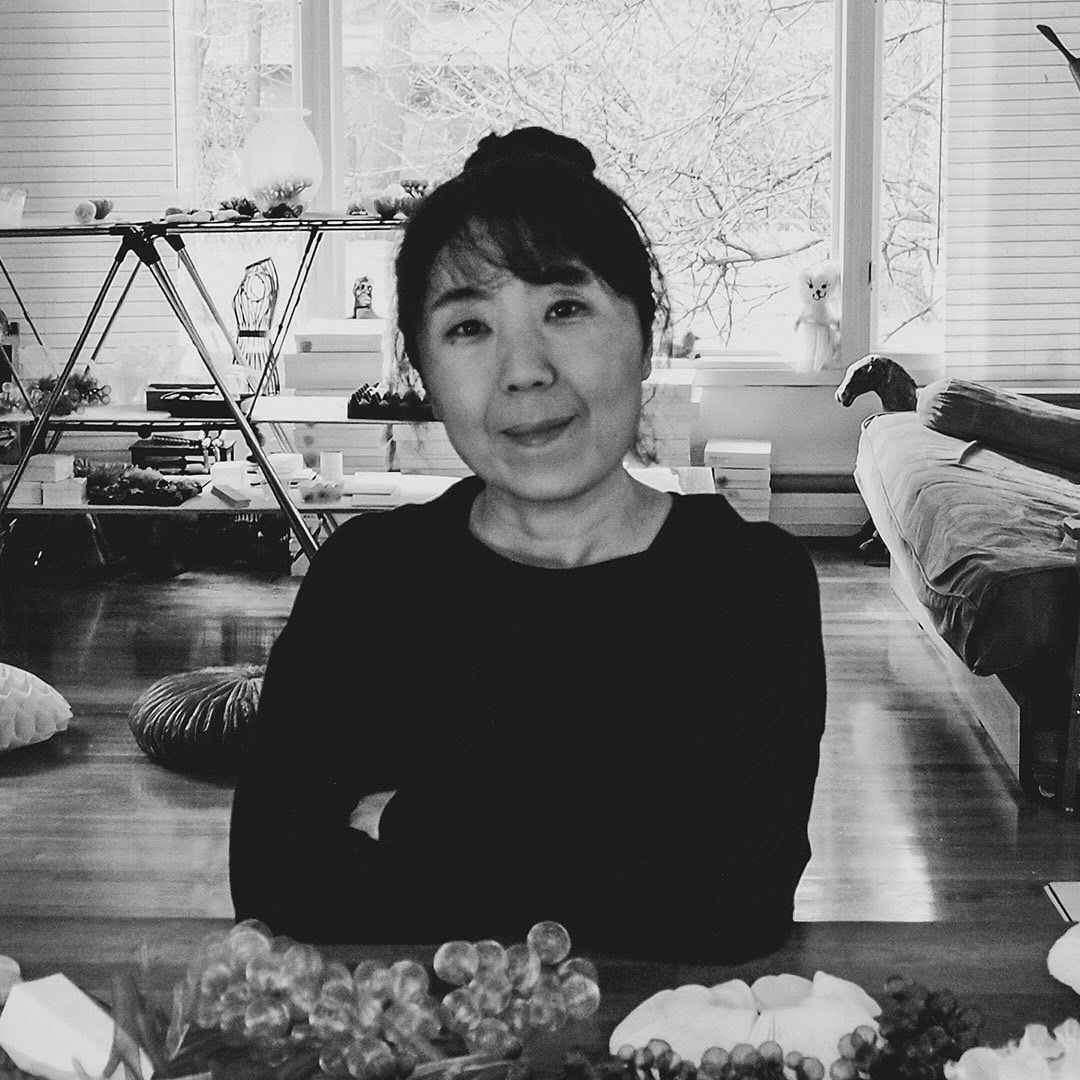
Mariko Kusumoto
Working primarily with fabrics, fibers, resin, and metal, Kusumoto produces ethereal pieces, merging Japanese and Western references to create light, delicate, and nature-inspired jewelry and artwork. Her production is entirely handmade and stands out for its playful aspect that comes from the exuberant colors, textures, and shapes. Using thermosetting techniques, she gives the fabric a new identity, reshaping it into three-dimensional shapes with a playful delicacy.
During this process, the designer is attentive to chance and possible imperfections that may appear, incorporating them into her creations, a posture remarkably similar to the wabi-sabi concept. The highlights of her work include a collaboration with Jean Paul Gaultier for the 2019 Paris Fashion Week, as well as exhibitions in the United States, Portugal, and Germany.
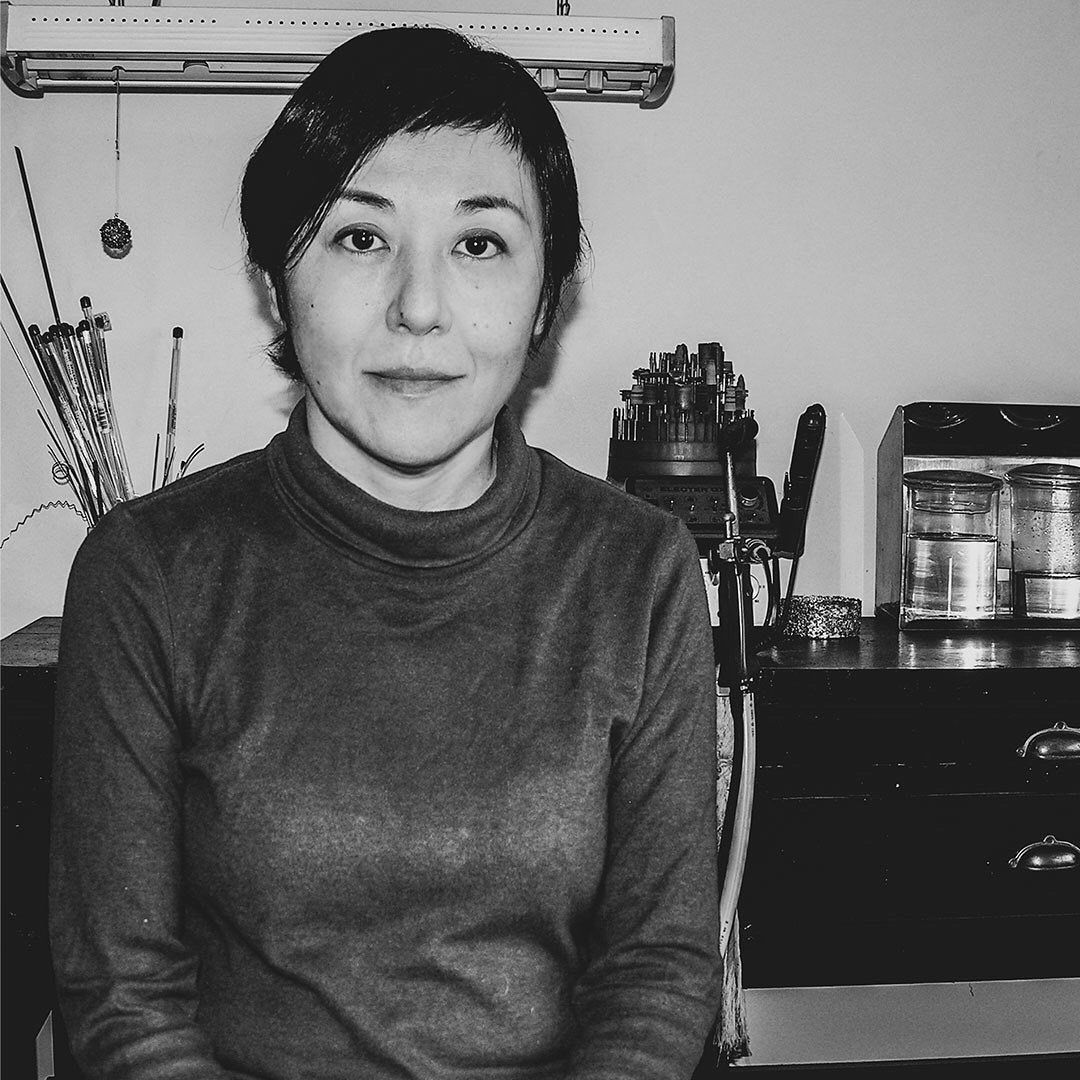
Emiko Suo
Emiko Suo excels at working with metal, using extra-fine metallic threads, mesh materials, and more to explore their tension and lightness. The proficiency in sophisticated and complex metallurgy techniques, learned from her father during childhood, and later perfected at the Tokyo University of the Arts, have made her work recognized both in Japan and internationally since the 1990s.
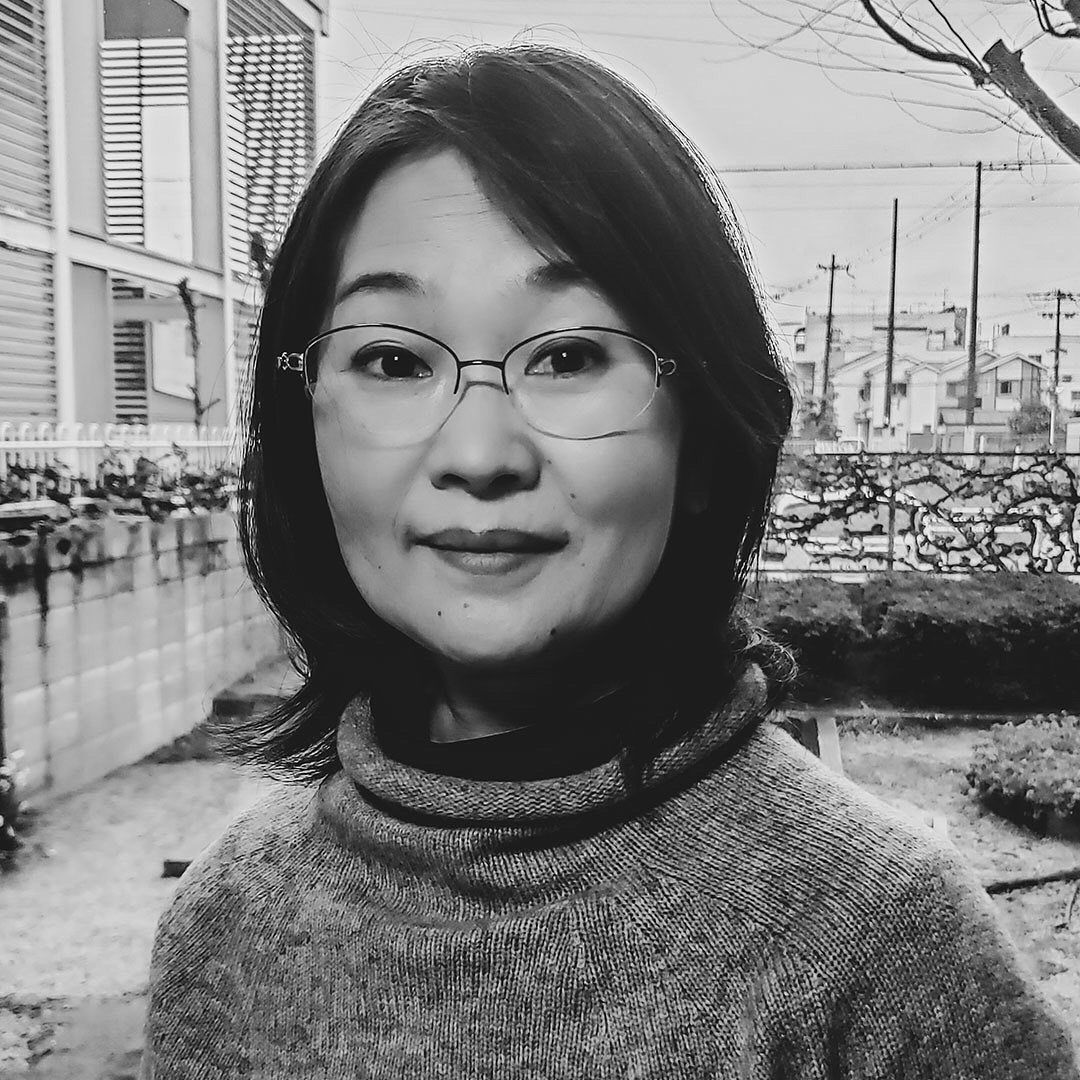
Nahoko Fujimoto
Her pieces show an interest in three-dimensionality, explore using delicate papers and magnets, which allow the pieces, usually organic and with direct references to elements of nature, such as birds, shells, or leaves, to gain movement.
--
Expography is by the office Metro Arquitetos.
![[ím]pares, exposição da Japan House São Paulo](/sites/japanhouse.com.saopaulo/files/2022-04/Impares_Site.jpg)
--
Service:
Exhibition Singular Pairs
Support: Japan Jewelry Designers Association (JJDA)
Ground Floor
Period: April 05 to June 12, 2022
Cost: free admission
The exhibition has accessibility features.
Advance online reservations are optional, but recommended: https://agendamento.japanhousesp.com.br/
Japan House São Paulo
Address: Avenida Paulista, 52 – Bela Vista, São Paulo
Opening hours:
Tuesday to Friday, 10 am to 6 pm
Saturdays, 9 am to 7 pm
Sundays, and banking holidays, 9 am to 6 pm
Japan House São Paulo remains closed on Mondays, without exception, including on holidays.

